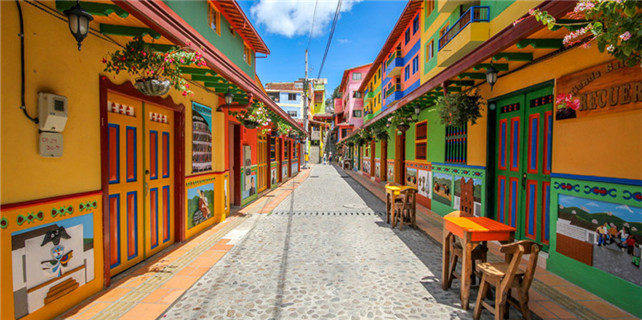International yuan boosts Belt and Road
The next phase of the internationalization of China's currency, the renminbi is progressing rapidly. Market participants are witnessing major steps, such as CIPS, the cross border payment structure, continued expansion of market access programs connecting China and the rest of the world, and the RMB's recent inclusion in the International Monetary Found's special drawing rights basket. That occurred shortly after the first SDR bond issuance by the World Bank in the onshore Interbank Bond Market.
There are hundreds of specific projects, the importance and often local relevance of which will evolve over time.
Significant trade volumes between China and various European countries, as well as increasing Chinese mergers and acquisitions activity in Europe, contribute to a need for an increased internationalization of the renminbi.
RMB Clearing Banks in London, Frankfurt or Luxembourg, and financial institutions such as CEINEX have in Europe, in earlier years, been perceived as steps on the way to the internationalization of the RMB.
The Belt and Road Initiative is a Chinese government development framework focused on promoting cooperation and boosting trade through policy coordination, better and more connected infrastructure, lowering or eliminating barriers to trade.
From a European perspective, it goes far beyond the ostensible aim of building a trade and infrastructure network connecting Asia with Europe and Africa along the ancient Silk Road and maritime routes. The initiative creates corridors for trade and interaction, and overall a conceptual framework beyond infrastructure. As a result, the Belt and Road forms a significant development strategy with the intention of promoting economic cooperation as well as enhancing the orderly free flow of economic factors and the efficient allocation of resources.
Trade and investment along the Belt and Road will, in effect, facilitate the overseas use of RMB.
The acquisition of Greece's Piraeus Port by Cosco is one example for the interplay between the Chinese and the European economies.
Other examples include the New Eurasia Land Bridge (an international railway line running from Lianyungang in China's Jiangsu province to Rotterdam in Holland), an international freight rail route linking Chongqing and Duisburg in Germany; a direct link between Wuhan, Melnik and Pardubice in the Czech Republic, a freight rail route from Chengdu to Lodz in Poland and a freight rail route from Zhengzhou to Hamburg.
These new rail routes promote trade by offering "one declaration, one inspection, one cargo release". Recent European studies have reviewed how much trade might be created among Belt and Road countries because of the reduction in transportation costs and found that European countries, especially landlocked ones, should benefit considerably.
The European Union, originally created as a European Free Trade Zone, was established to ensure peace in Europe by way of promoting free trade among nations. So the Belt and Road Initiative could have a similar, game-changing relevance, as well as an impact on RMB internationalization.
RMB's evolving role, both as an international investment currency and as a reserve currency, helps companies working on the Belt and Road projects to get better exchange rates and better financing terms.
In this context, the IMF's recent inclusion of RMB in its SDR basket of currencies may form a tipping point in China's role in the world economy.
Yet regional economic cooperation is still the most effective way to promote cross-border circulation of RMB. The yuan is now regarded as a very strong and liquid currency in the major Belt and Road regions.
In order to facilitate unimpeded trade, various steps will be required to resolve investment and trade issues, reduce investment obstacles and trade barriers as well as lower trade and investment costs. Many Europeans are aware of this and many European countries and institutions want to participate in and benefit from the various projects initiated under the Belt and Road Initiative.
In this context it is important to emphasize that the European financial markets may actually support RMB's use in the Belt and Road strategy, as a number of projects may be partly financed outside China - and better interlocked financial Eurasian financial markets may well be one outcome.
In Europe it is widely expected that China may enlarge the scope and scale of RMB settlements with countries along the Belt and Road routes, cutting exchange rate risks and transaction costs for trade and investment.
The People's Bank of China has signed more than 20 bilateral currency swap agreements with central banks along the Belt and Road routes and China has also designated five RMB clearing banks along the routes - while at the same time other RMB hubs have been established in Luxembourg, London and Frankfurt.
The authors work for King & Wood Mallesons, in the firm's HK and Frankfurt offices. The views do not necessarily reflect those of China Daily.
( China Daily European Weekly 12/09/2016 page8)


















